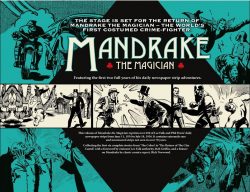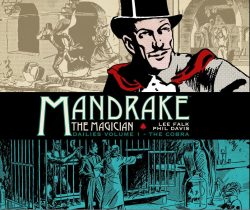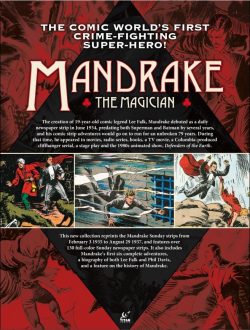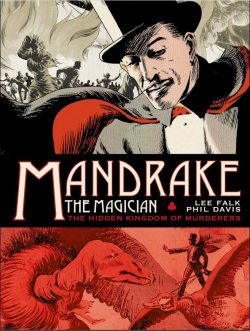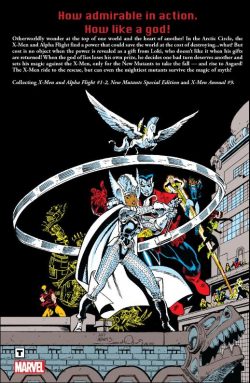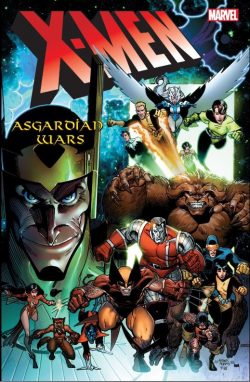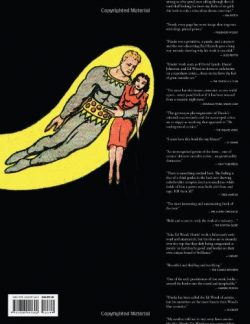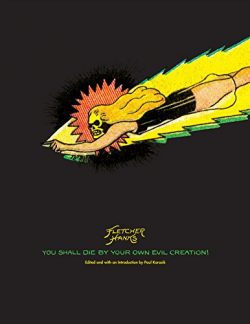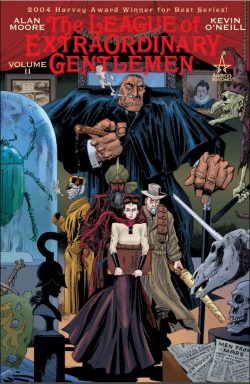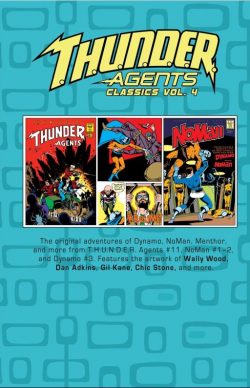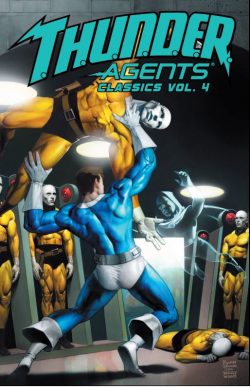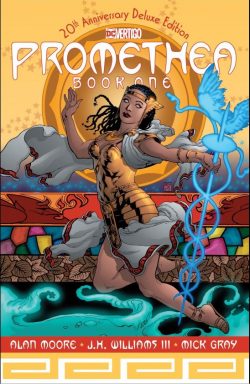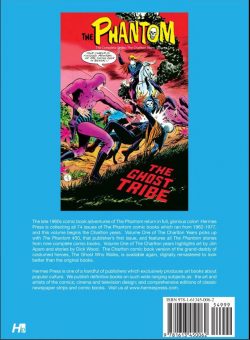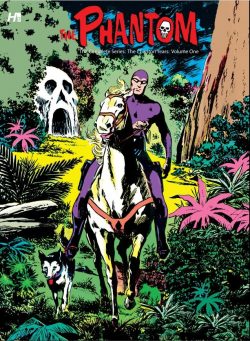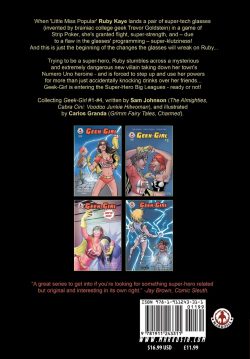
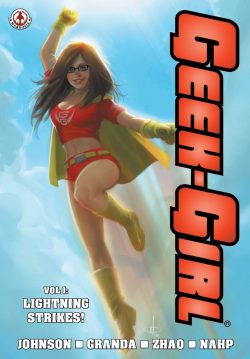
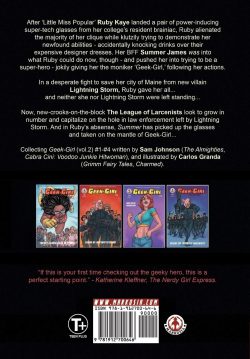
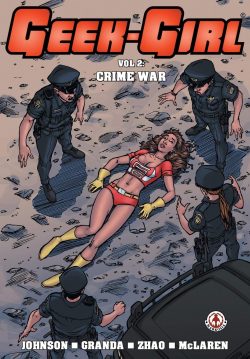
By Sam Johnson, Carlos Granda, with Nahp, Chunlin Zhao & Paul McLaren (Markosia)
ISBN: 978-1-911243-31-1 (Lightning Strikes!) 978-1-912700-64-6 (Crime War)
Win’s Christmas Gift Recommendation: Fan Friendly Fights ‘n’ Tights Fun… 8/10
Because I’m such an ethical idealogue I’m again admitting a potential conflict of interest before telling you to haul off and buy something. During the 1980s and 1990s, I worked for the London College of Printing, The London Cartoon Centre and other fine educational institutions, teaching eager youths of all ages the rudiments of scriptwriting and comic production. You may have subsequently bought comics and graphic novels produced by a handful of them. Sam Johnson was one of several hundred – if not actually more than a thousand – who put up with me. The sheer volume of those who haven’t achieved fame, wealth and glory should tell you all you need to know about my teaching abilities whilst placing the credit where it firmly belongs…
When I was teaching comics, almost all of the students expressed a strange love-hate relationship with the concept of superheroes. They all knew that was where the money was, and most – like me – were still hopelessly nostalgically engaged with the whole cathartic, wish-fulfilling rigmarole, whether or not they avowed the higher aspirations of an Eisner, Spiegelman, Moebius or Jodorowsky.
One or two fully embraced the maligned genre and looked for ways to modernise and contextualise it. Nowadays, Superheroes rule global popular culture, and people like me have the devil’s own time getting anyone to read books like Mikaël’s Giant, The Silent Invasion, Blackwood or anything by Tillie Walden. So it goes…
Sam Johnson clearly loves Costumed Dramas but has also given a lot of thought to them: especially considering how their stars must act as ordinary people once the masks and capes come off…
Gathering the first four issues of the eponymous comic book series, Geek-Girl: Lightning Strikes! takes us to Acorn Ridge, Maine, where flighty fun-loving student Ruby Kaye finds her hedonistic lifestyle taking an abrupt left turn into chaos, after flirtatiously tricking brilliant but sheltered science geek Trevor Goldstein into giving her his latest invention: spectacles that give the wearer super-powers…
In rapid time and before the booze can really wear off, Ruby is patrolling town in a skimpy costume, saddled with an unwelcome code-name thanks to best friend and fellow usual suspect Summer James…
And that’s when it all gets real. Ruby sees one of the municipality’s genuine costumed do-gooders almost murdered by a genuine supervillain – and freezes. Ruby is an appalled and helpless witness to a brutal beating, after which almost-dead Neon Girl demands that neophyte Geek-Girl avenge her and bring the deadly Lightning Storm to justice…
So far so standard, right, but this author and his able co-creator Carlos Granda aren’t really about the fist-to-face action. This series concentrates more on superhero comics’ propensity for soap opera drama and laughs, particularly channelling the dynamic of shows like How I Met Your Mother and Friends.
As Ruby tries to focus on her mission, distractions like the college crowd, drinking, the guys and girls now constantly hitting on her, booze, that psycho Nina Dante, studies and late night partying all keep delaying her. Even top costumed champion Pit Bull is an inveterate booze hound and is soon also benched. Happily – or maybe not – Lightning Storm has her own agenda and isn’t the patient sort…
As opportunistic villains like Mr. Mash-up and Silver Speedz take advantage of the super power vacuum, Ruby’s social life gets increasingly complex but, ultimately, it’s bound to end in a big fight…
Set some later, second volume Crime War reveals that ‘There’s a New Geek in Town!’ as a slowly recuperating Ruby wallows in the aftereffects of a rather pyrrhic victory. While she’s bed bound in hospital Summer has been wearing the glasses and costume and proving to be a far more dedicated and effective crimebuster. All Ruby can do is fret and try to fend off the attentions of distinctly off-kilter frenemy Stacy and low watt bulbs Caitlin and Jennifer while the new Geek-Girl and her mentor Pit Bull clean up minor rogues such as The Cad.
Tragically, they’re not prepared for a concerted campaign from the League of Larcenists…
As events escalate, ‘Welcome Back Ruby’ sees the return of the original Geek, an emotional tussle for the super-spectacles, manic mecha combat on the streets of Acorn Ridge and even Nina Dante getting her own power upgrade in ‘The Welcoming Party’, all leading to an inevitable riotous assembly and a major smackdown in Maine…
With a gallery of variant covers by Granda, Iván Sarnago, William Calleja, this homegrown hero-fest is a splendidly engaging feast of straightforward super shenanigans and character driven fun every fan of the genre should see – if only to prove it’s not all about angst, adrenaline and bicep size.
™ & © 2017 & 2019 Sam Johnson & Markosia Enterprises Ltd. All Rights Reserved.

